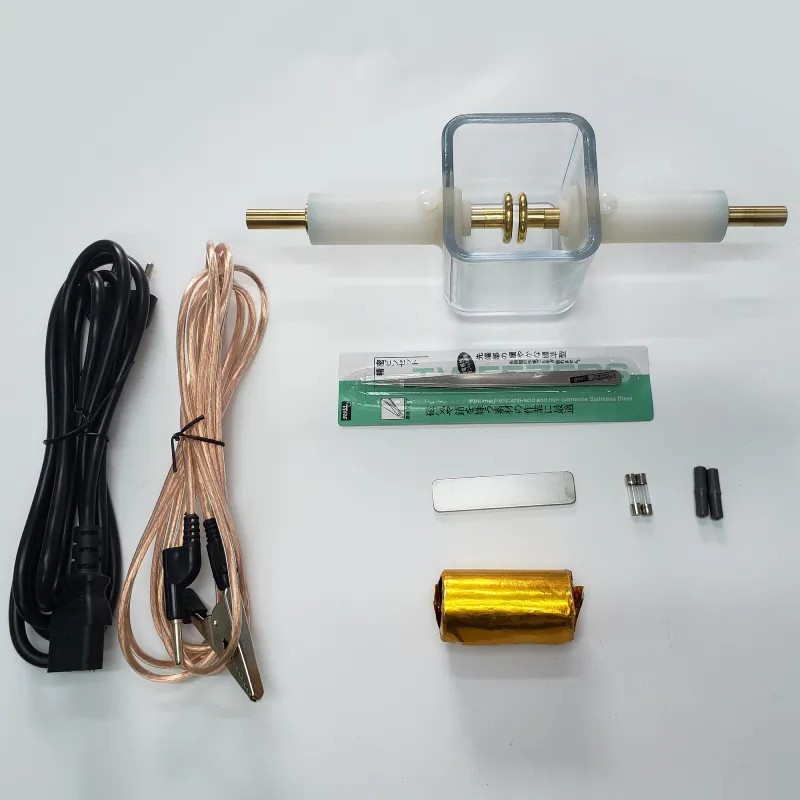 English
English


An Overview of Distillation Columns and Their Applications in Chemical Processing Industries
Understanding Distillation Column Equipment
Distillation is a crucial separation process widely used in various industries, including petrochemicals, pharmaceuticals, and food and beverage processing. At the heart of this process is the distillation column, a sophisticated piece of equipment designed to efficiently separate mixtures based on differences in volatility. This article will explore the essential components, types, and operational principles of distillation columns, shedding light on their significance in industrial applications.
The Structure of a Distillation Column
A distillation column consists of several important parts
1. Column Shell The main body of the column where the separation occurs. It can vary in height and diameter depending on the required capacity and separation efficiency.
2. Trays or Packing Inside the column, trays (or plates) and packing materials provide surface area for mass transfer between vapor and liquid phases. Trays are horizontal structures that allow liquid to flow down while vapor rises, leading to efficient contact between the two phases. Packing, on the other hand, consists of structured or random materials that increase the surface area for interaction.
3. Reboiler Located at the bottom of the column, the reboiler heats the liquid mixture, converting some of it into vapor, which rises through the column. This is crucial for maintaining the necessary temperature and pressure gradients for effective separation.
4. Condenser At the top of the column, the condenser cools the vapor back into liquid form, allowing for separation and recovery of the distillate product. The design of the condenser must ensure that the vapor is efficiently condensed while still allowing for the right amount of reflux.
5. Reflux Drum The liquid collected in the reflux drum can be partially returned to the column to enhance separation efficiency. Refluxing improves the purity of the distillate by allowing more interaction time between the rising vapor and descending liquid.
distillation column equipment

Types of Distillation Columns
There are two primary types of distillation columns continuous and batch columns.
1. Continuous Columns These are used for large-scale operations where a constant flow of feed and product is required. Continuous columns operate continuously, providing a steady output of separated products. They are more efficient for high-volume productions and offer better control over process parameters.
2. Batch Columns These are ideal for smaller-scale operations or when the feed composition varies significantly. In batch distillation, the feed is processed in discrete amounts, allowing for flexibility in handling various product specifications.
Operational Principles
The core principle behind distillation is based on the concept of vapor-liquid equilibrium (VLE). As the feed mixture enters the column, it is heated and subjected to the temperature gradient established by the reboiler and the condenser. Components with lower boiling points vaporize first and ascend through the column, while higher boiling components remain as liquid, providing an opportunity for repeated vapor-liquid contact.
This process of vaporization and condensation creates a series of theoretical plates or stages, where each stage represents a separate equilibrium between the vapor and liquid phases. The efficiency of a distillation column is often quantified by the number of theoretical plates, with a higher number indicating better separation performance.
Conclusion
In summary, distillation column equipment is fundamental to the separation processes employed across various industries. Understanding the structure, types, and operational principles of these columns is essential for optimizing their performance and achieving desired product specifications. As technology advances, innovations in distillation column design continue to emerge, enhancing efficiency and sustainability in industrial applications.
-
Differences between open cup flash point tester and closed cup flash point testerNewsOct.31,2024
-
The Reliable Load Tap ChangerNewsOct.23,2024
-
The Essential Guide to Hipot TestersNewsOct.23,2024
-
The Digital Insulation TesterNewsOct.23,2024
-
The Best Earth Loop Impedance Tester for SaleNewsOct.23,2024
-
Tan Delta Tester--The Essential Tool for Electrical Insulation TestingNewsOct.23,2024





